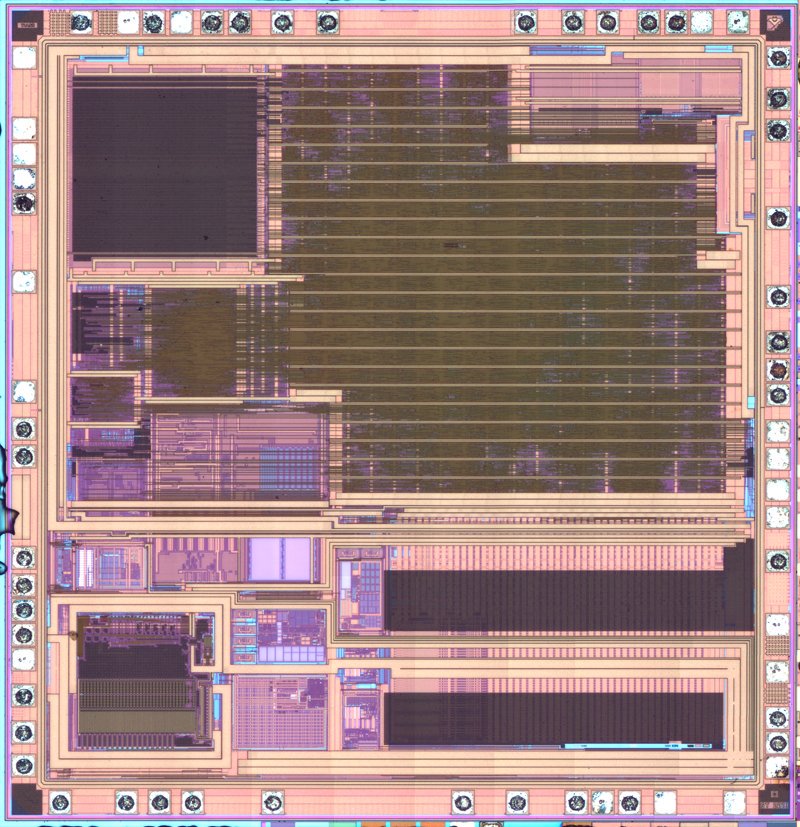Posts Tagged ‘decap ic fuse bits’
 Decap IC PIC16C55 Eeprom
Decap IC PIC16C55 Eeprom
Decap IC PIC16C55 Eeprom and extract mcu pic16c55 heximal from flash memory, and clone firmware to new microcontroller pic16c55 to provide the same functions;

Setting both UMSELn1:0 bits to one enables the USART in MSPIM logic. In this mode of operation the SPI master control logic takes direct control over the USART resources.
These resources include the transmitter and receiver shift register and buffers, and the baud rate generator. The parity generator and checker, the data and clock recovery logic, and the RX and TX control logic is disabled if recover mcu pic16f873 hex.
The USART RX and TX control logic is replaced by a common SPI transfer control logic. However, the pin control logic and interrupt generation logic is identical in both modes of operation.
The I/O register locations are the same in both modes. However, some of the functionality of the control registers changes when using MSPIM before recover mcu dspic30f6013 firmware.
The Clock Generation logic generates the base clock for the Transmitter and Receiver. For USART MSPIM mode of operation only internal clock generation (i.e. master operation) is supported.
The Data Direction Register for the XCKn pin (DDR_XCKn) must therefore be set to one (i.e. as output) for the USART in MSPIM to operate correctly when break mcu at89c5131a IC.
Preferably the DDR_XCKn should be set up before the USART in MSPIM is enabled (i.e. TXENn and RXENn bit set to one). The internal clock generation used in MSPIM mode is identical to the USART synchronous master mode.
The baud rate or UBRRn setting can therefore be calculated using the same equations, see Table 110: Table 110. Equations for Calculating Baud Rate Register Setting There are four combinations of XCKn (SCK) phase and polarity with respect to serial data, which are determined by control bits UCPHAn and UCPOLn.
The data transfer timing diagrams are shown in Figure 90. Data bits are shifted out and latched in on opposite edges of the XCKn signal, ensuring sufficient time for data signals to stabilize.
The UCPOLn and UCPHAn functionality is summarized in Table 111. Note that changing the setting of any of these bits will corrupt all ongoing communication for both the Receiver and Transmitter.